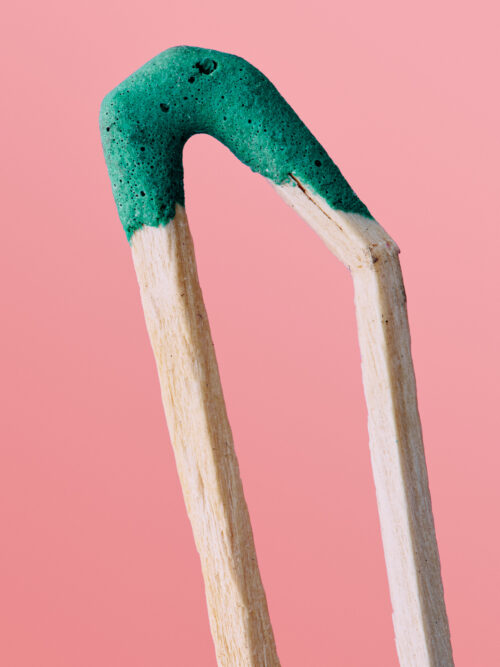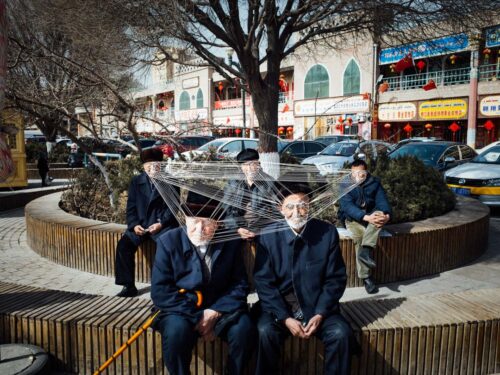Picture Series
Hoi Kin Fung Polytechnic University - The Remaining Specter
“Although they did not die, they were in fact dead, a piece of their soul was left forever in the canal, dark rooms, and swimming down the rope, and they will never surpass.The Hong Kong Polytechnic University was besieged for 13 days. The police surrounded it in a leak-proof manner and intimidated it with live ammunition, threatening all insiders to treat the accusation as “terrorist” to the riots. More than a thousand people are stranded here, and they are panic-stricken and resentful,someone was abseiling down from the five-story bridge, someone escape from waist level underground drains, someone hiding in the air-conditioning machine room just good enough to put a mattress, someone burst into tears and surrendered to the police. Buried here is more than a thousand young people’s hope for the society, trust in people, and innocence for themselves. To be sure, even if they escaped by chance, they all have a piece of soul also died at the Polytechnic University.” (Hoi Kin Fung)
- Activism
- Crisis
- Hong Kong

*Hong Kong
Hoi Kin Fung works as a photojournalist for the local Hong Kong newspaper MingPao. Since summer 2019, he has intensively documented the escalating protests against the extradition bill in Hong Kong. Along with twelve other photojournalists from Hong Kong, he will show the exhibition “Stand With Hong Kong Journalists” in European cities in 2020. In 2019, he received an honourable mention at the Andrei Stein International Press Photo Contest.





















